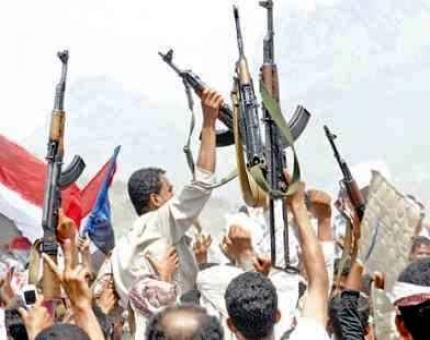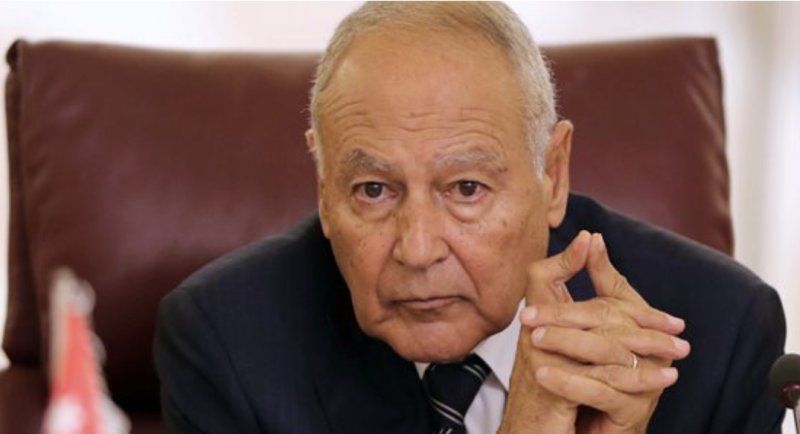Malnutrition Hits Millions of Children in Yemen


MILAH, Yemen — A doctor in a bare, rural clinic here decided to extend his working week to five days from two, to cope with the rush of hollow-eyed children who kept showing up in the mornings.
Already this year, two severely malnourished local boys had been so withered that they were beyond saving. The doctor, Abdu Ali Saad, kept pictures of the boys, ages 2 and 4, on his phone: a reminder of the dangers facing children in Yemen’s long-neglected countryside, more forsaken these days than ever.
“This is every day,” Dr. Saad said, motioning to the parents waiting on a recent day, some who had walked hours on dusty roads to reach the clinic, and who looked hardly better off than their children.
“Malnutrition,” he added, “is an emergency.”
Yemen is the most impoverished country in the Middle East, and among its grim distinctions is having one of the highest rates of child malnutrition in the world. Political turmoil since the 2011 uprising against former President Ali Abdullah Saleh has left an already feeble government even less able to care for its indigent citizens. Chronic challenges have become emergencies as the state’s presence in much of Yemen has started to dissolve.
One million children younger than 5, roughly a third of the age group in Yemen, are suffering from life-threatening malnourishment, according to Daniela D’urso, the head of the European Commission’s humanitarian aid office in Yemen. About two million children are chronically malnourished. Nearly 60 percent of Yemeni children suffer from stunted growth, according to public health workers, who in the past few months have noticed other worrying trends, including cases of malnutrition giving rise to other maladies like tuberculosis.
The crisis is “unprecedented,” Ms. D’urso said.
Yemen’s power struggles have bled the country. The latest one started with the rise of the Houthis, a rebel group from northern Yemen that made its way to the capital this fall, seizing power and crippling the government’s authority.
Yemen has become “a weak state that is unable to provide both security to its citizens and social services,” said Jamal Benomar, the United Nations envoy to the country, who has spent more than two years trying to shepherd a transitional plan backed by Persian Gulf countries that appears more and more imperiled by the day.
Yemen’s humanitarian crises were “largely the result of failure of governance and mismanagement,” Mr. Benomar said.
“Getting out of the crisis,” he added, “is what would help.”
With no end in sight to the political standoff, the desperation was evident on a recent visit to several parts of southern and central Yemen. The trip was arranged by the International Medical Corps, a nonprofit organization that supports dozens of health facilities and trains community volunteers who travel to distant villages, beyond the reach of the clinics.
On the road from the southern port city of Aden to Dr. Saad’s clinic in the Milah district, desert dunes creep over a section of the highway, threatening lush farmlands. Barefoot boys cluster at military checkpoints selling bags of guavas, trying to tempt drivers. Farther north, where sections of road that were washed away by rain have not been repaired, men use sputtering diesel pumps and hoses to siphon water out of a dirty creek and try to wash cars that never seem to stop.
As the city retreats even farther in the distance, families in ratty lean-tos on the side of the highway make halfhearted efforts to beg. Many of them are migrants from even more desperate places, like Somalia.
The villages provide no comfort. Among the scattered brick homes in Raqqa, a bumpy half-hour drive from Dr. Saad’s clinic, everything was too precious to throw away: a tire turned into a bucket, cans fashioned into bird feeders or a boy’s ragtag toy. Most men were at home on a recent day, jobless and with no prospects. The wealthiest man in the village, a soldier, made $200 a month.
While many men were idle, or spending chunks of the household income on khat, a popular stimulant, their wives were out working in corn fields, wearisome work that paid no salary except compensation in bundles of corn husks. In lumbering processions, the women hauled the husks back to the village every afternoon to feed to the sheep.
“The whole day, we are between the fields or at the shops or working at home,” said one woman, Munira Nasser.
There was little time to think about nutrition for themselves or their families. “Sometimes, I don’t have time to breast-feed,” Ms. Nasser said.
From an early age, the children are fed a steady diet of bread, rice and even tea, she said. Meat or fish is a once-a-month luxury. Vegetables are only slightly more affordable, and purchased once a week.
“There are no jobs,” Ms. Nasser said. “Everything is tired, tired, tired.”
Things may soon grow even worse. The country is facing financial ruin, with diplomats and officials saying the government may not have enough money to pay its civil servants next month. A currency devaluation may also be imminent. That would raise the prices of basic goods, including food, that Yemen imports.
The country has been hobbled by shocks beyond its control, including a decision last year by neighboring Saudi Arabia to deport hundreds of thousands of Yemeni expatriate workers, curbing a critical source of remittances and adding to the country’s unemployment rate of roughly 50 percent.
The Saudis have also reportedly begun cutting off billions of dollars of aid to Yemen, in a sign of their consternation with the Houthis, whom they view as clients of Iran, the Saudi monarchy’s regional rival.
This month, the Saudi government announced it was providing $54 million in food aid to Yemen to support 45,000 families. But in a place where half the country lives below the poverty line, it seemed a meager sum. And it was unclear whether that aid would be distributed in the northern province of Saada, the Houthis’ seat of power, where nearly 70 percent of families cannot afford to eat without aid, according to the World Food Program.
The scale of the crisis was apparent in the cramped home of Huda bin Nasser, a young mother in the village of Sheikhain, outside Taiz, in central Yemen. The family received its staples — eggs and milk — from a cow and a chicken that lived in the kitchen, but other types of food were a struggle. All of Ms. bin Nasser’s four children were malnourished, with her youngest, Hadiya, suffering severely and receiving treatment from the International Medical Corps volunteers.
East of Milah, in a valley in the district of Al Maqatirah, where 50,000 people live, the villages climb up the mountains, largely inaccessible except on foot. Symbols painted on many houses represented Yemen’s political parties, now in disarray. The paintings were signs of loyalty pledged by the residents here, with favors seldom returned.
In a clinic in the valley, Nada Abdullah, 22, watched as a doctor weighed her skinny 2-year-old boy, Abdul Rahman, whom she took to the clinic after he stopped eating. It had taken them five hours to get there.
Abdul Rahman was malnourished, hovering somewhere down the line toward a life-threatening condition. Ms. Abdullah said she knew what to feed the boy — her mother had taught her about a balanced diet that included fruits and vegetables — but her generation seemed somehow less able to care for its children than the last.
She recited a familiar list of luxuries, like chicken and fish, affordable once a week. During religious holidays, she said, they sometimes even bought red meat.
NY Times

Washington – The U.S. Department of State announced that Saudi Foreign Minister Prince Faisal bin Farhan Al Saud held a phone call with U.S.…

Berlin – Germany has expressed deep concern over the recent escalation in southern Yemen, warning that the situation poses serious risks to r…

Cairo – The Secretary-General of the Arab League, Ahmed Aboul Gheit, has expressed profound concern over the dangerous and escalating develop…